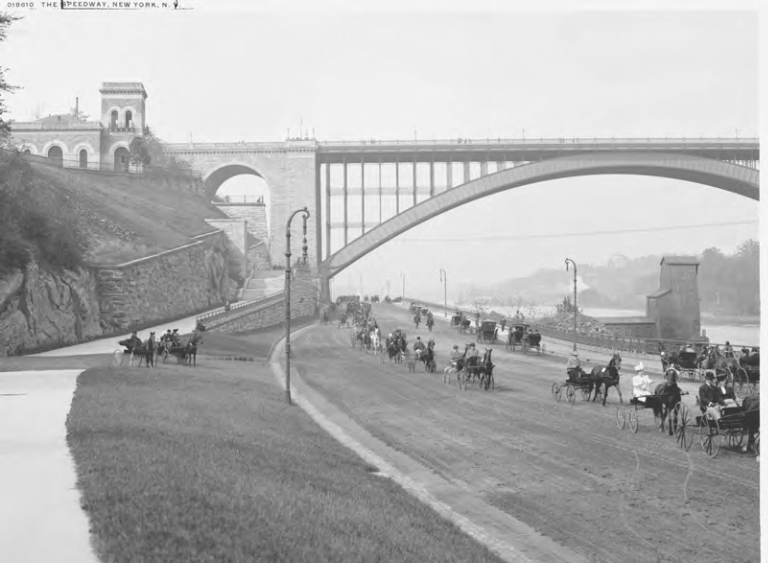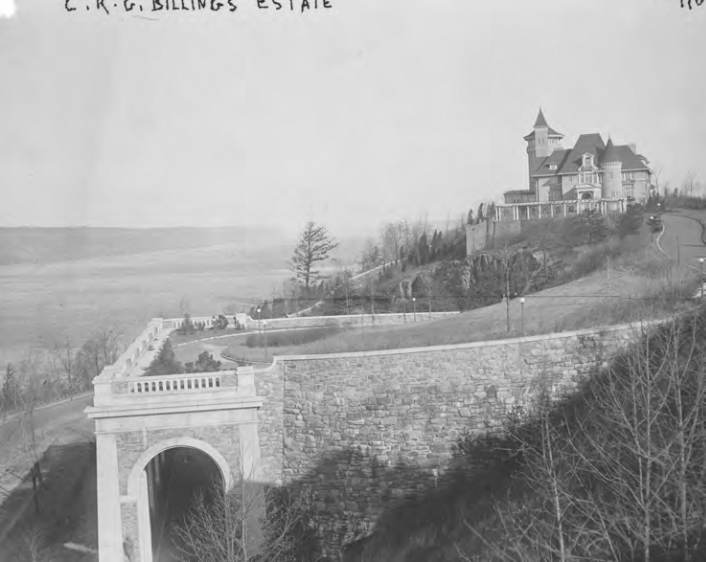Basic HTML Version





summer
|
fal l
81
among the New York Yacht Club members. Built in Scotland, the 277-
foot yacht had an owner’s suite and eight guest cabins. He then built
an extravagant new entry drive onto the estate over a great stone arched
gallery. Billings lived at
Tryon Hall
with wife Blanche, daughter Pauline
Blanche, son Albert and an international collection of 13 servants.
In 1913, Billings purchased another stable, Curles Neck Farm, on the
James River in Virginia and in 1915, a new 65-acre family estate at Oyster
Bay on Long Island.
Farnsworth
, named for his mother’s family, was also
designed by Guy Lowell who created a 30-room Georgian style house.
The mansion was built around a patio and included a two-story circular
music room, a barrel-vaulted sitting room, and a 20-car garage for Billings’
collection of horseless roadsters.
That same year, Billings sailed
Vanadis
to Constantinople at the
behest of Henry Morganthau, U.S. Ambassador to Turkey. The Turkish
treasury was broke, and Morganthau had been asked to find American
financiers willing to make a five-million-dollar loan. Germany had made
great inroads into the financial and political institutions of Turkey, and the
Turkish government hoped the loan would prevent total capitulation to
German control. Only Billings answered the call.
In his memoir of that time, Morganthau wrote, “The news of Mr.
Billings’ approach spread with great rapidity all over the Turkish capital;
the fact that he was coming in his own private yacht seemed to magnify the
importance and glamour of the event. A book shown of Billings’ homes,
paintings, and horses seemed proof of his great wealth, and the government
arranged lavish plans for his entertainment.” The French, however, who
had been hesitating to give Turkey the loan, jumped in when it looked like
the United States might buy an interest in Turkey. Billings was profusely
thanked, but his offer of a loan was declined as it was no longer needed.
When war broke out in Europe, Billings donated the
Vanadis
to the
war effort. She went down off the coast of Cape Breton Island in September
1918 when an oil tanker exploded. With war raging in Europe and the
United States set to join the allies in 1917, Billings started divesting himself
of his East Coast properties as he laid plans to relocate to Santa Barbara.
In 1917, Billings sold the Fort Tryon estate to John D. Rockefeller,
Jr., who tried to give the land to the city for a park. Complications
regarding the disposition of the castle ensued and it wasn’t until fire
destroyed the house in 1926 that the City of New York accepted the gift
Billings’ estate at Fort Tryon lay near the Harlem River Speedway, an exclusive dirt track along the Harlem River where the elite of the Gilded Age could race their horses under the Washington Bridge
(left) The architect, Guy Lowell, designed a French chateau for Billings on his Fort Tryon property high above the Hudson River. When John D. Rockefeller, Jr. purchased the estate from Billings in
1917, he donated it to New York City for a park. (right)
Mrs. Fred Johnson, Mrs. C.K.G. (Blanche) Billings, and Mrs. William Halstead (Pauline Blanche Billings)
Vander Poel at the Monmouth County Horse Show in New Jersey in 1913 (below) (Photos courtesy of Library of Congress)

